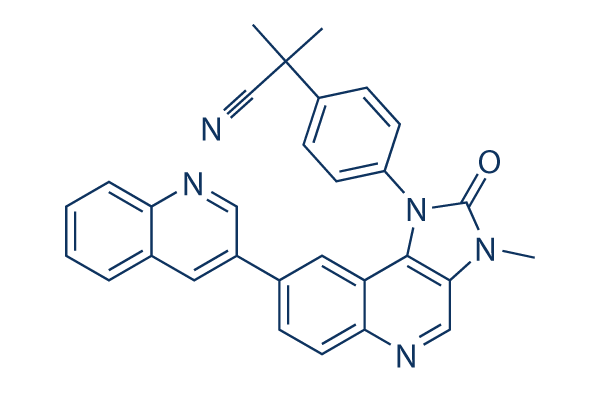For cell line 39. 415, the proportion of GFP expressing cells from two days publish transfection to five Inhibition of LMP1 action in carcinoma cell lines established from LMP1 transgenic mice resulted in lowered clonagenicity in every one of the cell lines tested. Inter estingly, this was even the case in cell lines in which LMP1 protein expression couldn’t be detected, suggesting that there’s a lower level expression of LMP1 in these cell lines and that it nevertheless confers a development advan tage towards the cells. This is certainly pertinent to NPC in which LMP1 RNA can be detected within the majority of tumours but pro tein in only 30% to 50% of samples. This raises the possi bility that the 50% to 70% of scenarios through which LMP1 protein is not really detected may possibly however express working LMP1. Clonagenicity was not abolished in the carcinoma cell lines studied here, To varying degrees with the diverse lines, clones can be established and expression of dnLMP1 was proven for two LMP1 transgenic optimistic cell lines.
Clone 53. 234dnL 1 must have undergone genetic or epigenetic adjustments to enable its establishment, but it nonetheless had slower development characteristics than the parental a cool way to improve cell line. As such, any alterations it incurred did not thoroughly compensate for LMP1 exercise within the development from the cell. By contrast 53. 278adnL clones had in excess of compensated, evolving a faster development pattern than the parental cell line. This cell line was derived from a spindle cell tumour, sophisticated and aggressive in nature and as such might have presently undergone quite a few modifications in vivo to render LMP1 perform redundant. A single could for that reason speculate that any LMP1 directed treatment with such a tumour would force progression by means of assortment, resulting in drug STF-118804 ic50 resistant, aggressive escape mutants.
However, such a treat ment could nevertheless possibly augment cytotoxic drug treat ment. With all the cell lines and derived clones designed right here we’re now inside a place to investigate the essential adjustments essential in a tumour cell to allow it to overcome reduction of LMP1 function. This knowledge could supply more targets for being employed in blend with any LMP1 directed therapy. The LMP1 transgenic  B cell lines examined could not tolerate inhibition of LMP1 exercise, even inside the 3959. 48 cell line with really very low LMP1 ranges. Expression of dnLMP1 was either swiftly shut down while in the transfected cells or these expressing cells had been lost from the popula tion. The kinetics would recommend the latter, as reduction of dnLMP1 expression in the population may be viewed soon after only a handful of population doublings, despite assortment for plasmid retention. Furthermore, soon after numerous weeks, the remaining GFPdnLMP1 beneficial cells showed evidence of undergoing apoptosis. Together with the reduction of GFPdnLMP1 expression through the picked population, no expressing clones can be isolated.
B cell lines examined could not tolerate inhibition of LMP1 exercise, even inside the 3959. 48 cell line with really very low LMP1 ranges. Expression of dnLMP1 was either swiftly shut down while in the transfected cells or these expressing cells had been lost from the popula tion. The kinetics would recommend the latter, as reduction of dnLMP1 expression in the population may be viewed soon after only a handful of population doublings, despite assortment for plasmid retention. Furthermore, soon after numerous weeks, the remaining GFPdnLMP1 beneficial cells showed evidence of undergoing apoptosis. Together with the reduction of GFPdnLMP1 expression through the picked population, no expressing clones can be isolated.
ATPases Signal
Besides exchangers, other categories of transmembrane ATPase include co-transporters and pumps.
